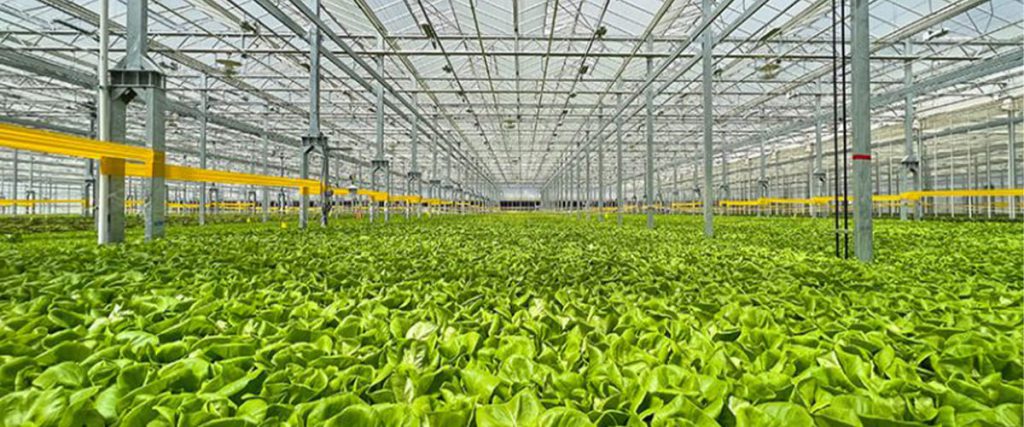Maintaining proper hygiene and cleanliness on the farm is crucial for safe food production, disease prevention in livestock, and the health of farmers and farmworkers. However, the open and often messy nature of agricultural operations can allow contaminants to spread easily. By implementing good sanitation protocols and habits, farmers can protect their investments in crops and animals while ensuring the farm environment does not negatively impact product quality or human wellbeing.
Targeted Cleaning Procedures
Certain areas on farms require more frequent sanitizing due to higher foot traffic and contact with potential contaminants.
Livestock Housing:- Remove manure, soiled bedding, and uneaten feed daily from barns, coops, and hutches. Then disinfect floors, walls, feeders, and watering points regularly. Allow sufficient drying time before bringing animals back in.
High Traffic Areas:- Disinfect walkways, toolsheds, vehicle tires, and equipment handles multiple times per week, especially during disease outbreaks. Focus on door handles, railings, buckets, etc.
Processing Spaces:- Thoroughly clean surfaces, utensils, and machinery in milk parlors, abattoirs, and egg collection points before and after use. Follow clean-in-place protocols.
Packing Areas:- Sanitize sorting, grading, and packing tables, containers, etc. daily to avoid cross-contamination from diseased/damaged produce to healthy batches.

Proper Manure Handling
Manure naturally contains zoonotic pathogens. Composting or directly incorporating it into soil can help eliminate risks. Never pile manure upwind from produce plots or living quarters. Ensure runoff does not reach fresh produce or water sources. Cover piles to contain bioaerosols. Wash hands immediately after handling.
Pest Control Measures
Monitor for rodents, insects, and birds which can spread illness through feces/bites or damage structures and packaging materials. Maintain vegetation-free buffer zones around facilities. Also, install physical barriers and non-toxic deterrents. Never apply pesticides on crops close to harvest.
Water Quality Monitoring
Agricultural water contacting edible produce, used for livestock drinking or washing/processing can transmit foodborne pathogens without adequate treatment. Test sources regularly for microbial/chemical contamination and treat accordingly via filtration, UV irradiation, chlorination, etc.
Also Read:- 7 Key Benefits of Smart Farming in Agriculture
Equipment and Personal Hygiene
Train all workers on sanitary protocols, such as washing hands before eating, separating work and living quarters, covering open wounds, etc. Therefore, clean and disinfect all knives, harvest baskets, milk containers, PPE, etc. routinely. Ensure restrooms stay clean with hand-washing facilities.

Waste Disposal
Designate leak-proof containers to hold medical, chemical, or general refuse. Empty frequently to prevent pests. Compost biodegradables safely. Recycle when possible. Also, dispose of hazardous wastes per local environmental regulations.
Hygiene Monitoring
Perform regular microbiological testing across the farm environment and agricultural inputs like manure, irrigation water, and composts. Swab key surfaces like storage bins produce crates, and animal housing. Test outputs like milk, eggs, and fresh produce for pathogens indicate lapses in hygiene.
Farm Access Management
Restrict unauthorized vehicles that can carry contaminants. Use foot baths, coveralls, and boot wash stations at entrances. Allow visitor access only to non-production areas. Also, isolate sick animals to prevent disease spread. Limit interaction between livestock and wild animals which can be disease carriers.
Conclusion
By simply following proper sanitation standard procedures tailored to the specific farm environment, farmers can protect the health of crops, animals, and humans interacting with the agricultural ecosystem every day. By making extra efforts on the farm cleanliness and hygiene farmers can contribute to a healthy food ecosystem.





